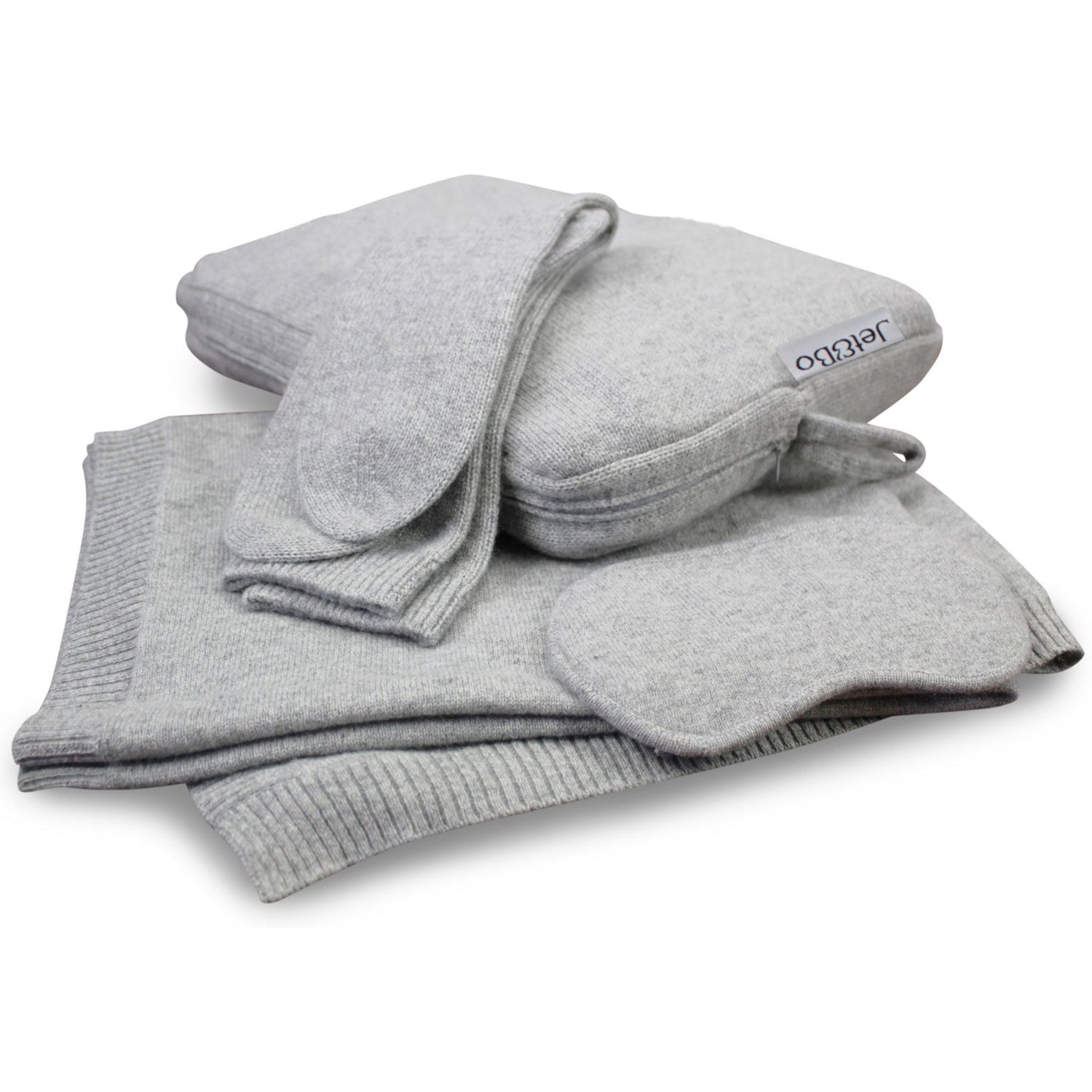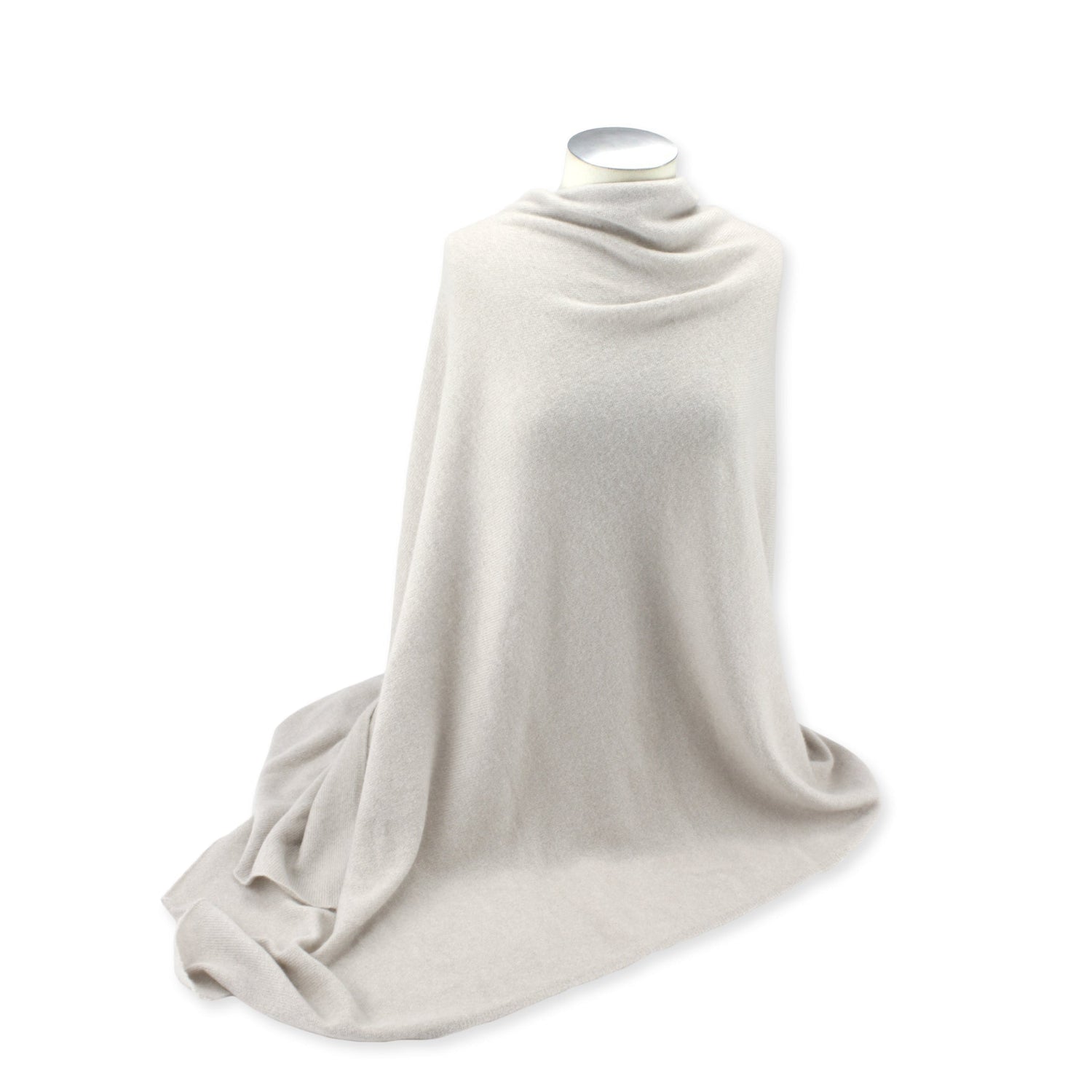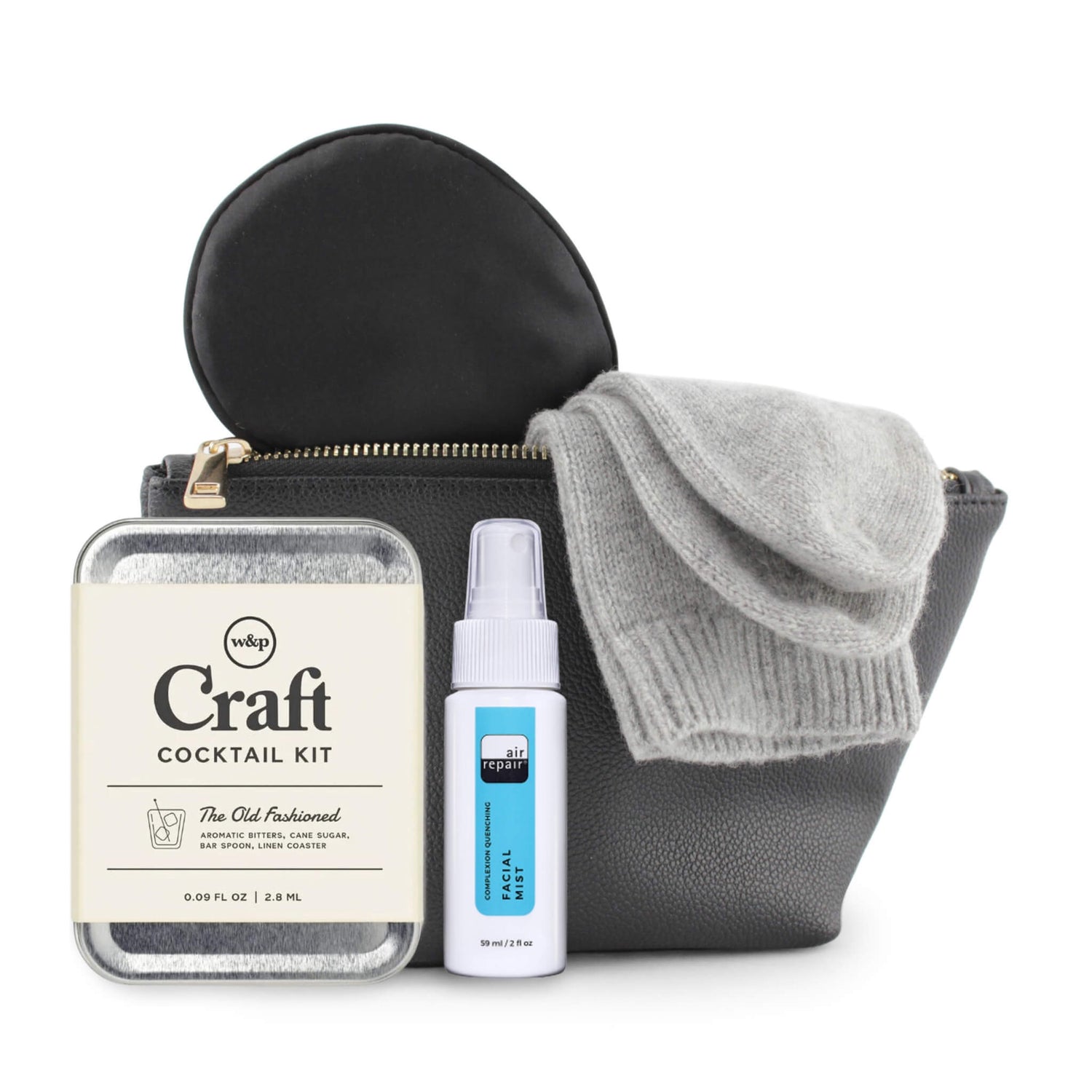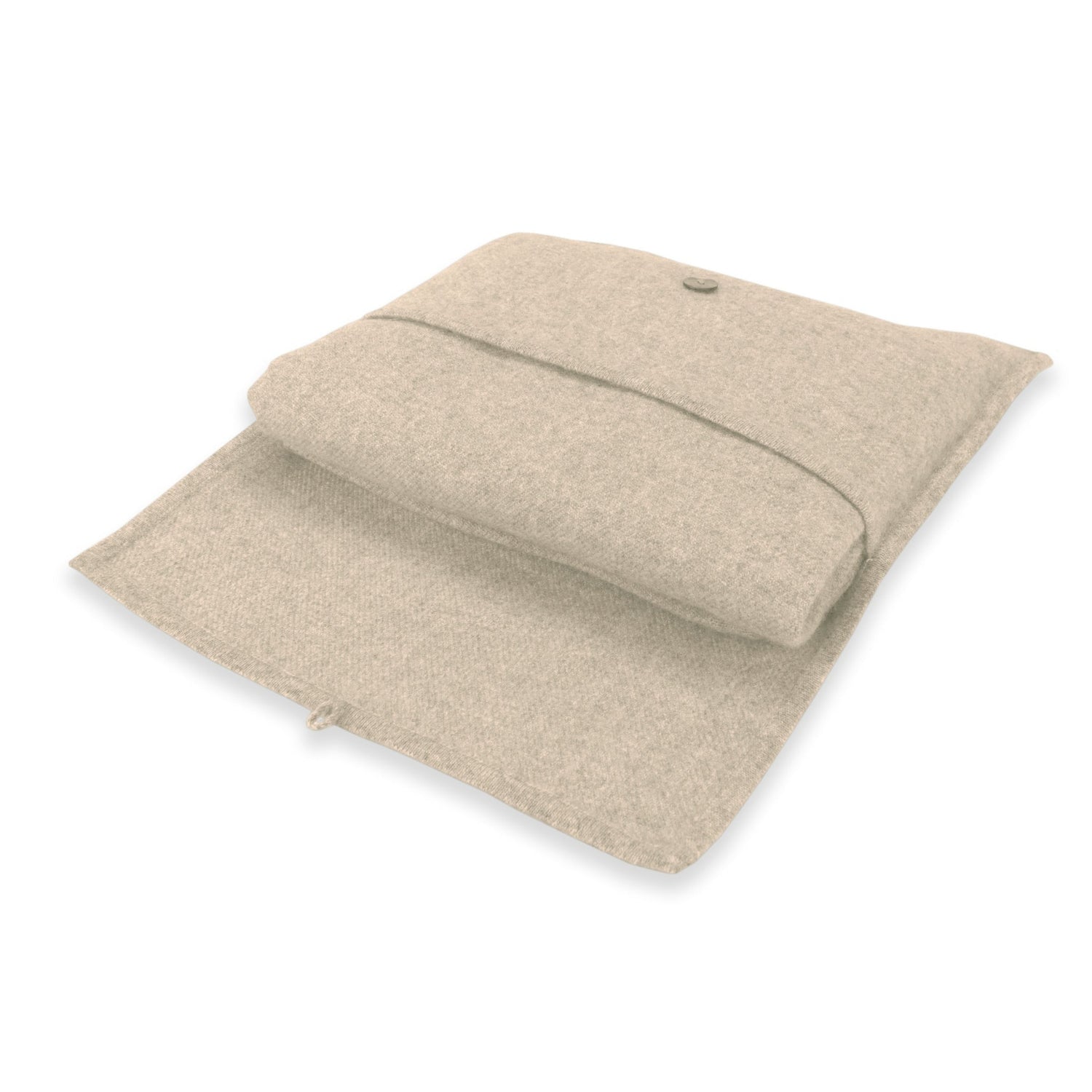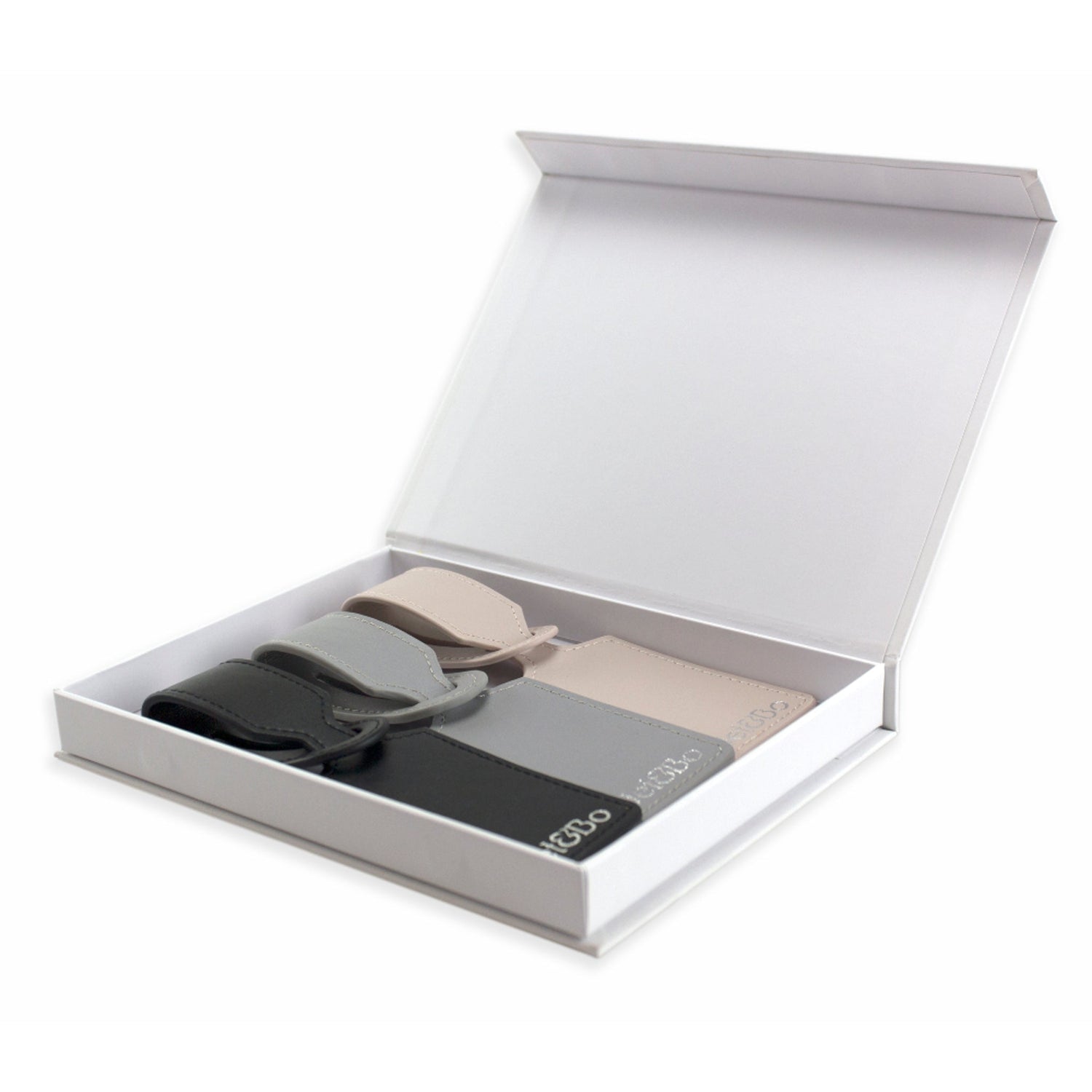
What is Cashmere?
Cashmere is a luxury fiber often made into clothing and blankets due to its soft, lightweight, and insulating properties.
Where Does Cashmere Come From?
Cashmere is the fine hair from the undercoat of cashmere goats. Most cashmere comes from the goats of Mongolia and China as the harsh climate, where winters can be -40 degrees, forced the cashmere goats to adapt to the environment by developing a double fleece. An outer guard layer protects the undercoat from water, and an undercoat is made of ultra-fine hairs with strong insulating properties. This undercoat is what produces cashmere.
Not all cashmere goats are created equal. Inner Mongolia is generally seen as the best origin for cashmere due to the harsher winters, which produce the longest, thinnest, and softest hair.
Cashmere Quality
The quality of cashmere can differ with fineness, length, and color being the key factors.
The most important factor in cashmere quality is the fibers' length and fineness. Items made with long fine fibers pill less and maintain their shape better than items made with shorter hair. In addition, the finer the cashmere fiber, the softer it feels.
Color also impacts cashmere quality; naturally white hair is more desirable because it doesn't require as much processing to dye different colors. Less processing equals a softer result.
How to Tell if it's Good Quality Cashmere
You can do several tests before buying a cashmere item that will help you determine the quality.
The Touch Test
Cashmere should feel soft and not scratchy against your skin. Higher quality cashmere is soft but not overly soft to the touch – it softens over time. Some companies increase the softness by treating the cashmere with chemical additives and softeners or overwashing it. This reduces the life of the cashmere garment, so beware of cashmere that feels unbelievably soft.
The Stretch Test
Gently stretch out a piece of the cashmere and see if it springs back into shape. Good quality cashmere will, and lower quality cashmere will remain out of shape. Also, stretch it and look through it. The tighter the cashmere knit, the better its quality, and the better it will retain its shape and be less susceptible to holes.
The Pilling Test
Rub your hand over the cashmere item. If little balls start forming it is a sign that the cashmere used contains an excess amount of shorter hairs which means lower quality. All cashmere will pill when rubbed over time, but if it pills immediately, it's a sign of low quality cashmere.
The Look Test
Hold the cashmere item at eye level and look across the surface. A small amount of fluffiness, between 1-2mm indicates longer hairs were used, which means less pilling will happen. If more fluffy than that, then shorter hairs have been used, which can increase softness but also means the item will pill more and wear out quicker.
100% Cashmere vs. Cashmere Blends
100% cashmere is luxurious. It feels soft and offers excellent insulation keeping you warm in winter and cool in spring. Cashmere becomes softer with age and rarely pills after being worn and washed a few times. It's lightweight, breathable, and doesn't wrinkle. Cashmere should last a lifetime.
A blend will combine cashmere with wool, silk, or synthetic fibers. These cheaper fibers lower the price. Additionally, blends are often made with lower-quality cashmere that is made of thicker and shorter cashmere hairs. Buying a blend means you're compromising price for the things that make cashmere so sought after – its soft, lightweight, insulating properties.
Cashmere is up to 8 x warmer than sheep's wool, yet significantly lighter, which means to reap the full reward of cashmere, you should invest in only 100% cashmere items.
To check if the garment is 100% cashmere read the label which should state '100% cashmere' as required by the Federal Trade Commission in the U.S. If it is a blend, by law, it must state the percentages of yarn on the label e.g. 20% cashmere / 80% merino wool.
What Does Ply Mean?
Ply is the number of cashmere threads twisted together to make the yarn.
Two twisted threads are referred to as 2-ply, and three twisted threads are referred to as 3-ply etc. Since cashmere is a fine hair, it benefits from the increased strength in the twisted thread.
Look for items that are 2-ply or higher, as 1-ply cashmere is less durable and is more likely to develop holes. Higher plies such as 4-ply add additional weight and warmth, but do not indicate additional quality.
What Does Gauge Mean?
It is a measure of how tightly the item is knitted. Gauge refers to the number of stitches and rows per inch. The higher the gauge number, the tighter the knit and the more cashmere yarn that is being used.
With 12-gauge, there are 12 stitches or rows of yarn in one inch of knitted cashmere, so the cashmere is relatively dense. With 7-gauge, there are 7 stitches or rows per inch, so the cashmere has a more open or mesh-like look and is more lightweight than an item knitted in 12 gauge if the same yarn is used.
You should now be able to identify cashmere quality when purchasing your next item. Cashmere is a luxurious fiber, and buying quality items, along with the proper cashmere care, means they should last you a lifetime.
Further reading:
Cashmere Ply & Gauge Explained
Easy Tests to Determine Quality Cashmere
How to Care for Your Cashmere Items
Jet&Bo stocks a range of luxurious cashmere clothing and travel accessories:




